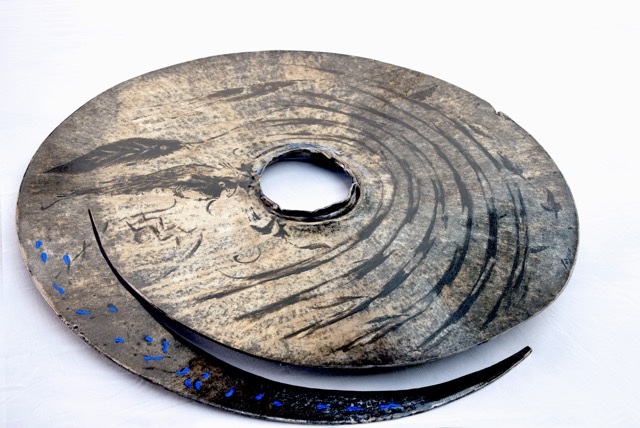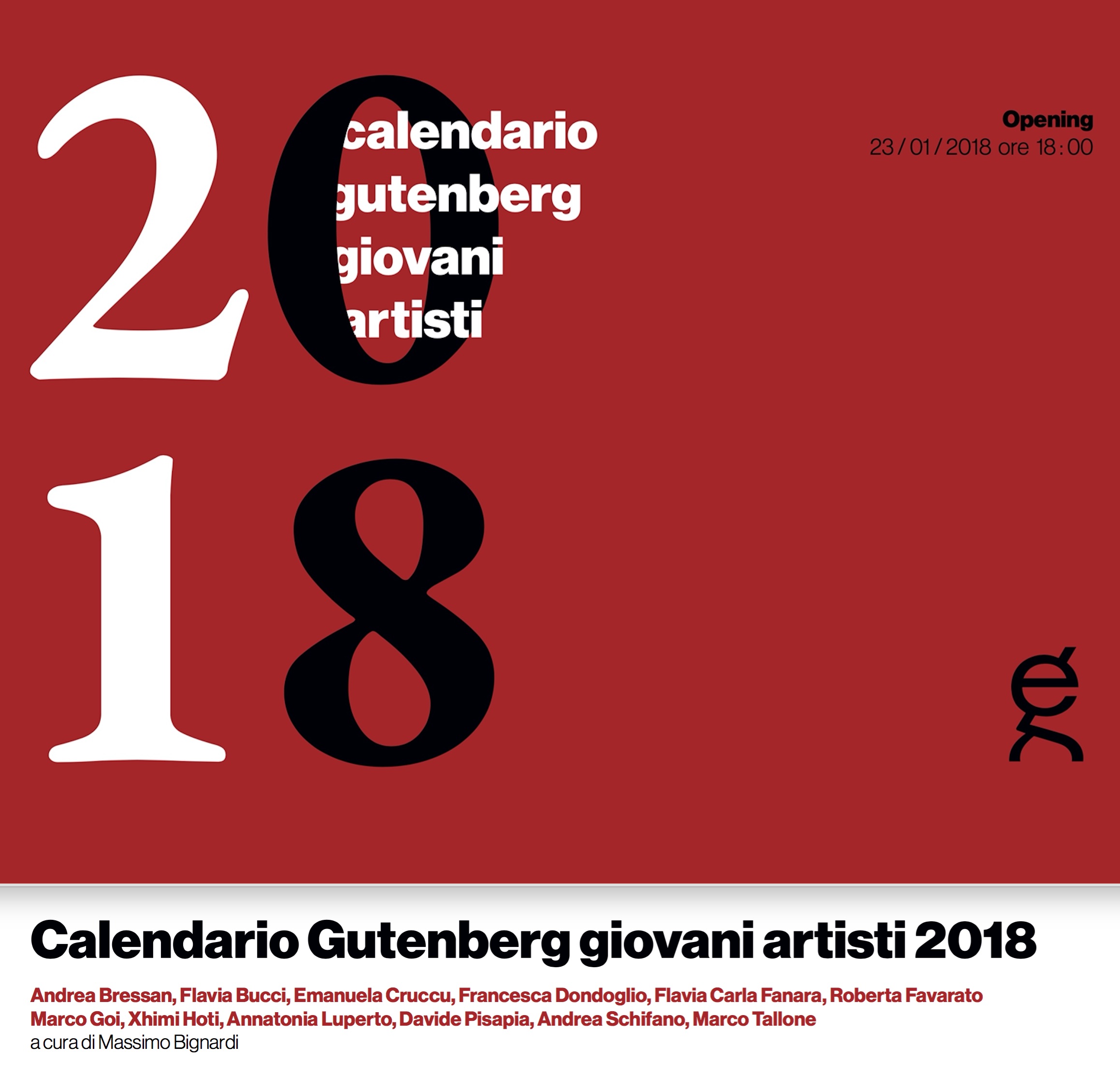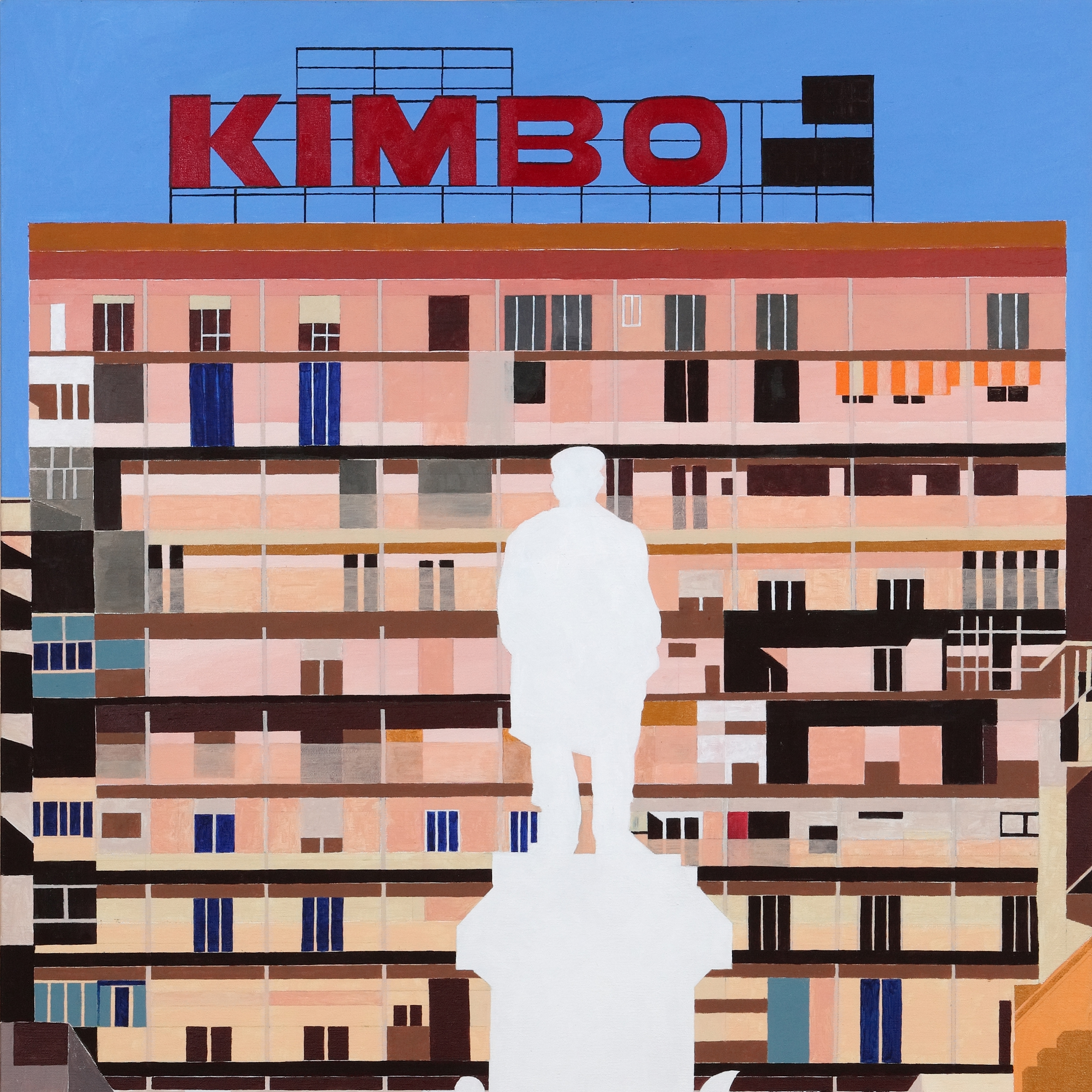Opening March 4th 2020 5pm.
Paintings and papers created by Enzo Cursaro in recent years, which shows a marked interest in the sign as an expressive figure that finds in the plot, a narrative plot full of references drawn from the anthropological sphere. “At stake is the figure of his existential identity, of his link with the places where he was born, with Paestum and his mystery. Attica is above all the panorama that opens to his eyes when, from the top of his studio, they range over the expanse of the plain that welcomes the Magna Graecia city going west, until reaching Capri. It acts as a reunion with its origins, with memory, with the vitality of the first encounter with the sign “.
Enzo Cursaro was born in Paestum in 1953. He studied in Naples where, at the Academy of Fine Arts, he followed Domenico Spinosa’s lessons and where he graduated in 1978. In those years his interest was oriented towards abstract-informal compositions, which he would later resume in the 90’s. In the second half of the 70’s, as soon as he left the Academy of Fine Arts, he began his relationship with San Carlo Art Gallery directed by Raffaele Formisano, thus becoming an active part of a group of artists belonging to the Mezzogiorno (South of Italy). For about thirty years (1983-2012), he lives permanently in Verona, where he teaches art history and pictorial disciplines at public secondary schools. Since the mid-eighties he has exhibited mainly in Europe. Recently he has returned to Paestum where he lives and works.






